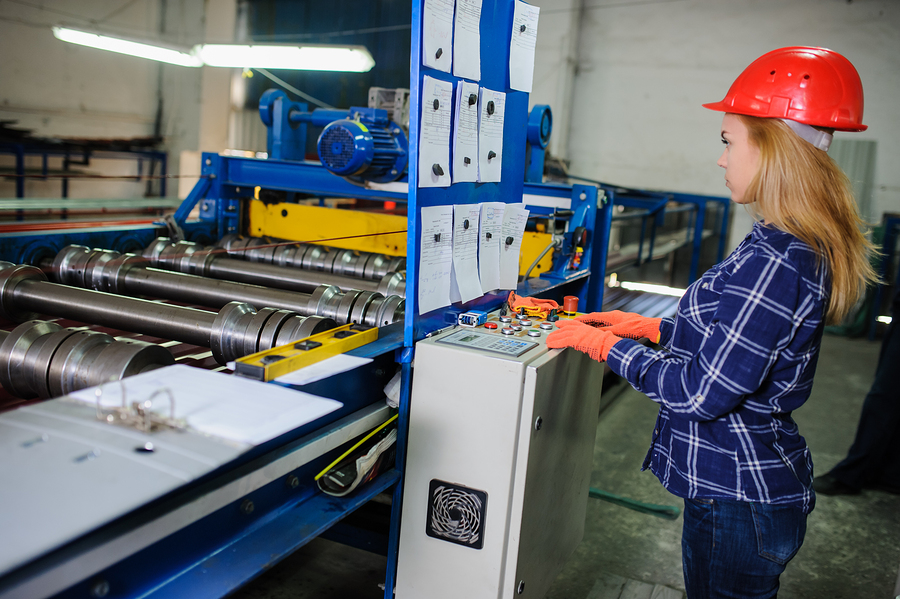How can women make the manufacturing sector rosier? By bringing strong work ethic, energy, and drive to fill current and future job vacancies. According to the U.S. Census Bureau, about 47% of U.S. workers in 2016 were women, but women made up only 29% of manufacturing workers.
Experts expect retiring baby boomers and technology-driven changes over the next decade will fuel strong job demand in manufacturing, creating some two million jobs for skilled workers. Women are showing that, with a bit of encouragement, they are ready and willing to step up to fill the need.
Opportunities for women
Leaders in manufacturing are launching new initiatives to attract and train women for manufacturing jobs. For example, the Robert C. Byrd Institute (RCBI) Advanced Manufacturing Technology Center in Bridgeport, West Virginia, operates a 10-week pre-apprenticeship program to teach women the skills they’ll need to begin their manufacturing careers. The Step Up for Women Advanced Manufacturing Pre-Apprenticeship program is a partnership between RCBI and the nonprofit organization West Virginia Women Work. Through hands-on training, women learn the basics of using high-tech machines to make products used in medical, aerospace, pharmaceutical, auto, and extraction manufacturing. Participants do not pay for tuition or equipment, as grant funding from RCBI and the U.S. Department of Labor supports the program.

Top locations for women in manufacturing
What about women in the rest of the country? While opportunities abound due to the skills gap, some locations are more desirable places to work in manufacturing than others. According to a 2018 report on the best metro areas for working women, New York has the highest gender equity among manufacturing workers, and a higher-than-average representation of women in manufacturing jobs at 38.2%. On the other hand, Detroit, which is the metro area with the highest percentage of workers employed in manufacturing, has below-average participation of women in manufacturing jobs at 25.7%.
Across the country, business leaders are partnering with school and nonprofit personnel to engage, train, and support women to meet the increasing the need for skilled workers in manufacturing. In another example, Connecticut manufacturers including Pratt & Whitney and Electric Boat are looking to fill more than 13,000 jobs.
Beginning your own initiative
Those wanting to do more to attract women interested in manufacturing careers to their own businesses can:
- Create flexible work schedules to support a work-life balance.
- Provide equal pay for equal work, regardless of gender.
- Develop training and mentorship programs for women.
- Help foster the next generation of workers by hosting a manufacturing day for students or sponsoring a STEM-based team or program for girls or young women.
Read on for more information regarding the benefits of encouraging women to pursue manufacturing careers and to learn about programs that are encouraging and recognizing women manufacturers.
